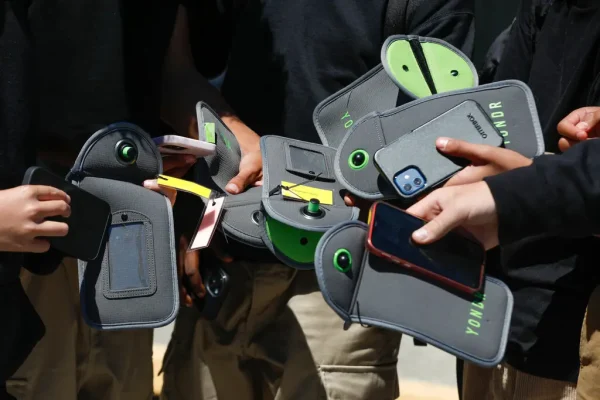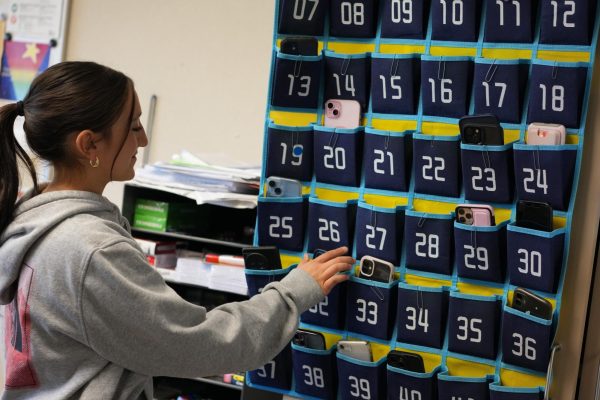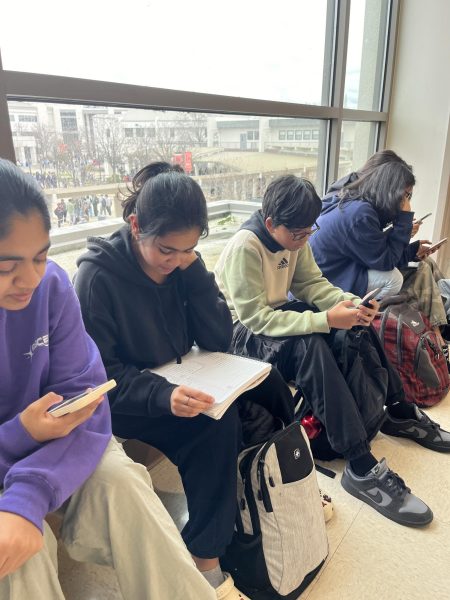Suicide rates among teens increasing
Over the years, teen suicide rates have been on the rise and it is important for students to become better informed about the subject, especially since September is National Suicide Prevention Month.
Suicide is the third leading cause of death among teens, according to the Centers of Disease Control and Prevention.
Between 2007 and 2015, the suicide rate has doubled for teenage girls and increased by 30 percent for teenage boys.
Cal High counselors aim to take the initiative to address student problems, which include suicide but are not limited to depression, anxiety, and other concerns that appear in the daily lives of students.
Bev Edgren, a crisis counselor at Cal for 19 years, believes that stress, if not managed, can eventually lead to depression and may entertain thoughts of suicide within a student.
Additionally, she advocates the idea of students seeking help and says that she works with students who self-refer, as well as those who get referred to her by the school counselors.
“I work with kids that have been identified with needing more support. Most of them have anxiety and depression,” said Edgren. “At Cal I’ve seen that our freshmen are stressed out by their friends and social media, whereas the juniors are stressed out from the pressures of the world.”
Edgren believes the steps toward self-recovery involve identifying the problem and coming up with a solution. Sometimes it’s as simple as taking a break and focusing on the positives, she said.
“I’m a big believer on asking what two things are that I am grateful for everyday,” said Edgren.
Edgren said the San Ramon Valley Unified School District has implemented a program in freshman health classes this year that takes a new approach to address suicide prevention and depression.
The purpose of this program is for students to recognize the signs of depression and suicide, and learn how to respond during life-threatening situations. This way students can help recognize whether someone is in danger.
“We should be taught more about the warning signs for someone who is suicidal,” said senior Mira Qureshi.
Students often know more about their friend than adults on campus.
“If I had a friend that was contemplating suicide, I would tell their parents or friends and also refer them to a school counselor,” said junior Jackie Oh.
But if students find themselves unable to talk to someone they know, crisis hot lines are reliable sources of support.
Lesley Garcia, a Contra Costa Crisis Center Manager, is among the highly skilled staff and volunteers that have dealt with teens who feel like there is no hope for them.
“On the crisis lines, we get approximately 26,000 crisis calls a year,” said Garcia. “Out of those, under 9 percent of callers are under 18.”
Garcia says that a leading problem for student callers is anxiety and stress. Factors that contribute to this are mainly relationship issues dealing with parents, peers, and friends.
Additionally, it’s the feeling of isolation and self-dependence that frustrates a teen dealing with destructive thoughts.
“Especially with teens, they don’t want to hang out, they withdraw from surroundings, they don’t want to be around each other,” said Garcia.
While suicidal thoughts and tendencies can occur at all times of the year, the crisis center notices that their lines are the most active during the springtime.
“There are a lot of theories because of this,” said Garcia. “Many times it’s because [other] people are feeling happy and energetic and it’s not reflecting feelings of hopelessness and helplessness.”
Regardless of the situation or theory behind a teen’s suicidal thoughts, the crisis center always tries to develop a connection and an agenda with the individual.
Their philosophy toward a stable recovery is to provide support and brainstorm possible solutions for the teen dealing with personal problems.
Garcia said talking to someone who doesn’t know you, can’t judge you, and only listens to you is a good way to help anyone feel better.
“We’ve launched a crisis text service in August,” said Garcia. “Now people don’t need to call us, they can text us. We respond to all messages. Just text “HOPE” to 20121 from 3-11 p.m.”
Staff at school and crisis centers alike want to promote the use of the resources available for students dealing with depression and suicidal thoughts. They want teens to realize that there is help out there and dealing with this problem alone is not an option.
“For a lot of youth, suicide is a deep, dark secret and when they talk to us it’s like getting out this deep, dark secret and [teens] feel relieved,” said Garcia.
Contra Costa Crisis Center offers a 24-hour “Crisis and Suicide” hot line at 800-833-2900.




